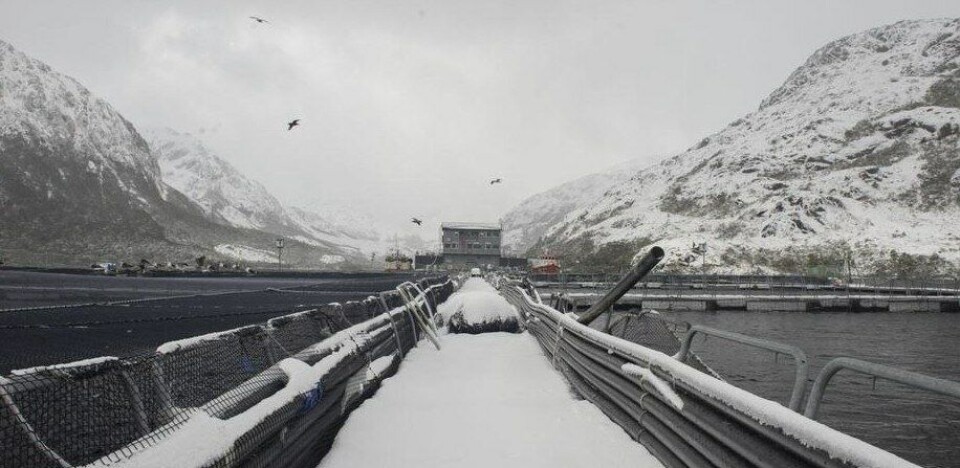
Salmon farmers team up for southern Chile expansion
Fish farmers Nova Austral and Trusal S.A. have formed a joint venture (JV) to grow 19,000 tonnes of salmon in each of two production cycles at three sites in the Magallanes region in southern Chile.
The companies then intend to extend the JV for a longer term.
Companies in Chile must have both a concession (approved site) and a licence to grow salmon. Trusal, a subsidiary of Salmones Austral, owns three licences which will be used to grow fish at three Salmones Austral concessions.
Salmones Austral will also supply the feed for the joint venture and fixed assets for two of the sites.
Smolts and sales
Nova Austral will supply smolts for the farms and be responsible for operating the sites, processing the fish at its Porvenir facility, and selling the salmon under its Sixty South brand.
Proceeds of the joint venture will be split equally between Nova Austral and Salmones Austral. The JV expects to harvest 7,000 tonnes during 2021 and 12,000 tonnes in 2022.
In a press release, Nova Austral said the agreement will significantly increase production of high-quality salmon and strengthen its role as a pioneer in the extreme south of Chile.
It also allows Salmones Austral to begin operations in that region, considered strategic for the company’s future growth.
Full-year activity
The new volumes will contribute to full-year activity for around 500 workers in the processing plant in Porvenir from 2021, said Nova Austral, which employs around 800 people and is the largest employer in the town.
Salmones Austral has more than 1,200 workers operating in two process plants and 20 farming centres (freshwater and seawater), distributed in the regions of Maule, Biobío, La Araucanía, Los Lagos and Aysén.
Its annual production fluctuates between 45-50,000 tonnes and has the potential capacity to reach 80,000 tonnes. Atlantic salmon makes up 63% of its annual production and coho salmon the remaining 37%.























































